Thanks to the ICBF, we now have more access to big numbers around the national and pedigree herds than ever before. These numbers are essential to pedigree breeders in identifying trends breeds, and indeed markets, are going through.
By following these trends, we can adapt our national pedigree herd accordingly. Breeds will witness periods of ups and down, that’s a given.
However, a lot of the major downs breeds experience can be combated by knowing your market and only bringing the right amount of animals forward to sale.
As much as highs in a breed are needed, so too are the downs. Only when breeds witness a down period does the bottom tier of stock get culled. Only by eliminating this tier of cattle does the overall quality of the average animal increase.
One of the biggest trends, as outlined in last week’s autumn sale analysis, is the increasing national pedigree herd. As seen in Table 5, pedigree beef registrations are up over 2,000 calves in the space of five years.
In total, five beef breeds make up over 90% of these registrations; namely Angus, Limousin, Charolais, Hereford and Simmental. All but one of these breeds saw a substantial increase in numbers over the past three years.
The problem does not lie in an increasing national pedigree beef herd, more so the decreasing suckler herd that many of these breeds supply.
While figures from 2018 are not yet available, it is likely numbers will be back in the region of 40,000 on 2017. If we take it that a mature bull will service around 40 cows per year, this means we need 1,000 less bulls for the market.
Looking at Figure 4, we see substantial growth in the beef sire for the dairy market, which has nearly doubled in the past five years, but, as mentioned last week, this market has been well accounted for, with breeds associated with the dairy market growing their pedigree populations by 50%.
This has led the Angus breed to number one position with regard to the number of pedigree registrations across all breeds. In 2017, Angus registrations rose to 9,706 and it is expected to be closer to, or above, the 10,000 mark for 2018.
Overall, the breed now sires nearly 400,000 calves from the beef and dairy sector. This is largely made up from the previously mentioned dairy sector with 46% of all beef calves from the dairy herd sired by an Angus bull.
On the beef side, the Limousin breed is out in front, with 39% of beef calves from beef dams. The Limousin breed also secured 11% of the dairy dam market, meaning the breed is the number one used beef breed across both sectors, siring nearly 426,000 calves.
Dexter
Looking at the rare breed registrations, the most notable aspect is the increase in Dexter cattle in Ireland. Numbers have doubled in the past five years, in line with the breed gaining traction for its meat quality.
Many top-end restaurants are now seeking the breed’s beef, with ABP Nenagh offering a premium price. Along with growing registrations, membership has also grown significantly, rising from 100 in 2014 to 170 in 2018.
AI v stock bull
Looking over AI trends from the past number of years gives a great reflection on the current national herd. Some breeds utilise AI more than others, as some see it as a key selling point when going to auction.
However, sire selection in relation to picking a stock bull can prove just as beneficial if done correctly.
At a glance over the past few years, it could be said that the 50% or more of pedigree cows born in Ireland from 2012 are AI-bred.
Overall in 2017, 55% of pedigree registrations were from an AI sire. Of these, 30% were sired by foreign bulls. Looking a bit deeper, we see that 34% of a breed’s pedigree calf crop is sired by just 10 bulls.
Ireland has always been to the forefront when breeding pedigree cattle and it needs to maintain that position.
Breeders and societies that introduce new bloodlines and are continually searching for the next generation are what keeps Ireland’s reputation intact.
Due to this and the health status of our country, international buyers flock to Ireland to source genetics, be it through live stock or semen.
These markets are essential to Irish breeders, particularly in the scenario we are in with regard to increased registrations.
In next week’s edition, we look at these influential sires in more detail and look at some of the current stand outs.
Embryo transfer
Embryo transfer (ET) continues to be a big part of some breeds’ calf population. Most noticeably, the Belgian Blue breed, which saw 43% of its 2017 calf crop born as a result of embryo transfer. However, it must be noted this is from a small population.
The largest number of embryo calves come from the Limousin breed, with 413 calves.
Embryo transfer is one of the best services available to pedigree breeders, but has the potential to be overused. Only elite dams from each breed should be flushed. These dams should have in-demand pedigrees and should have proven themselves to be able to produce some of the best progeny in the breed.
In my opinion, this means that only the top 1% to 2% of each breed population should be flushed, otherwise we jeopardise the integrity of ET.







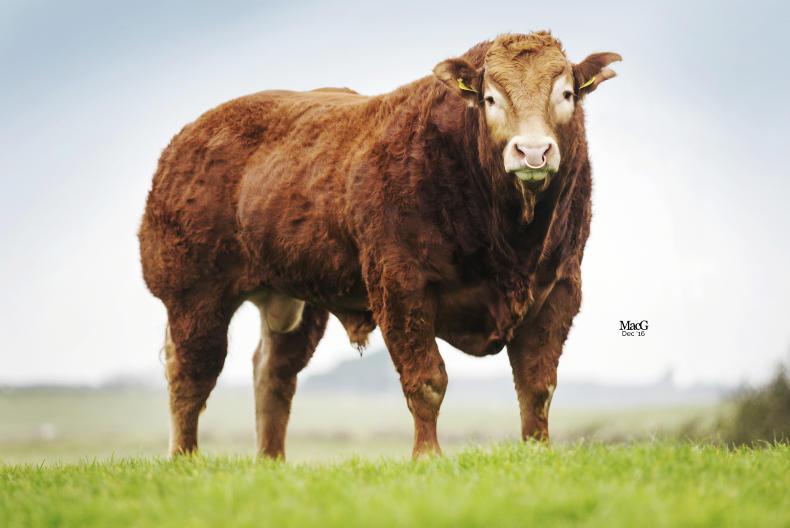
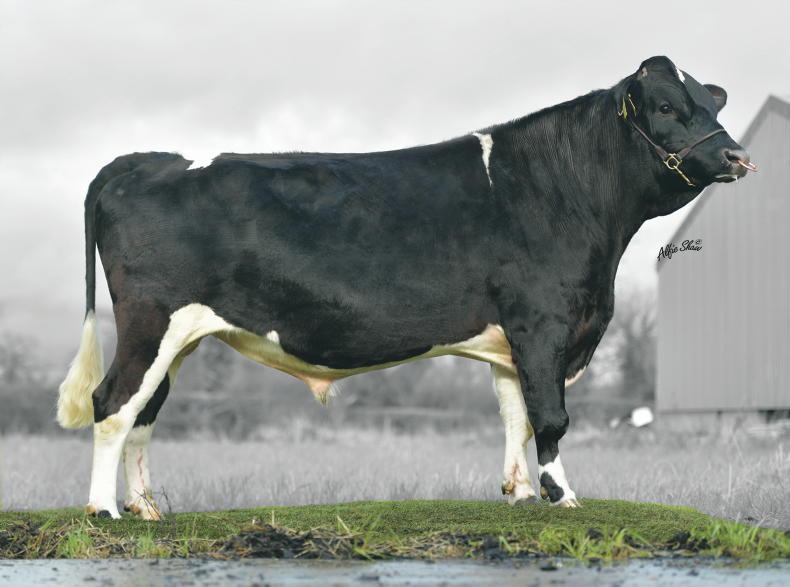

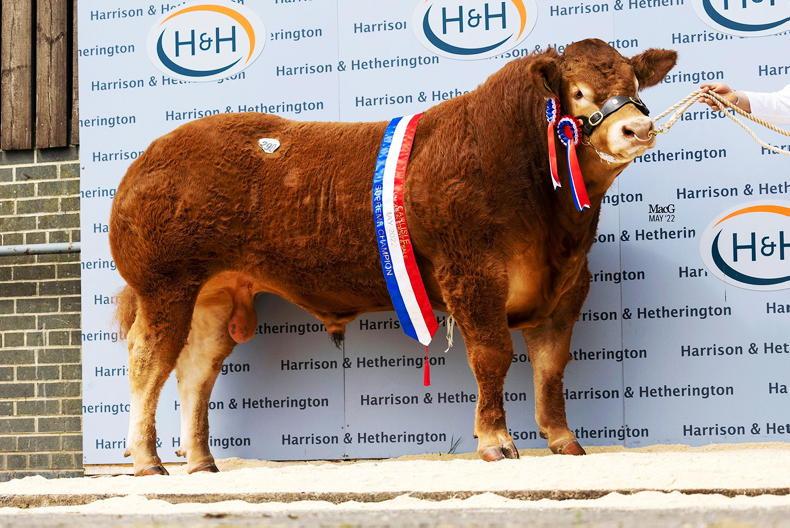
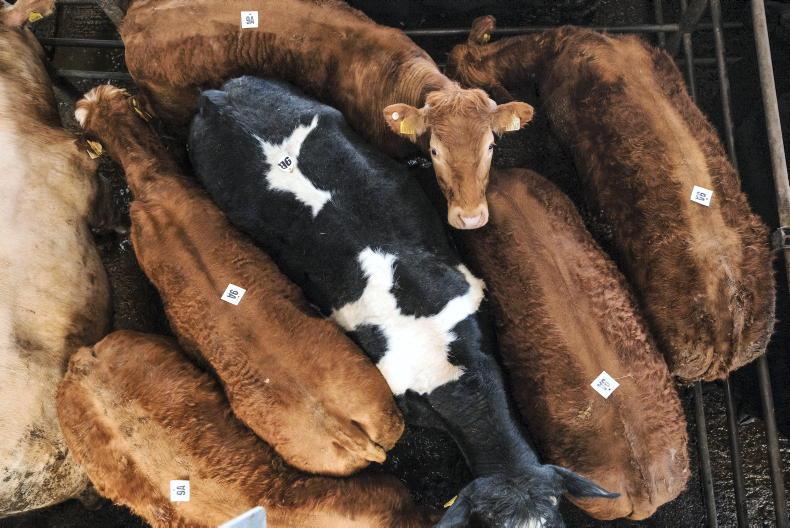
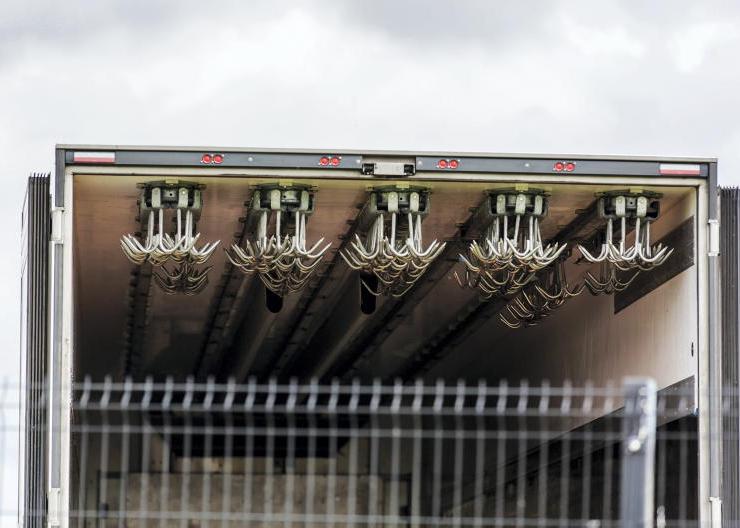
SHARING OPTIONS